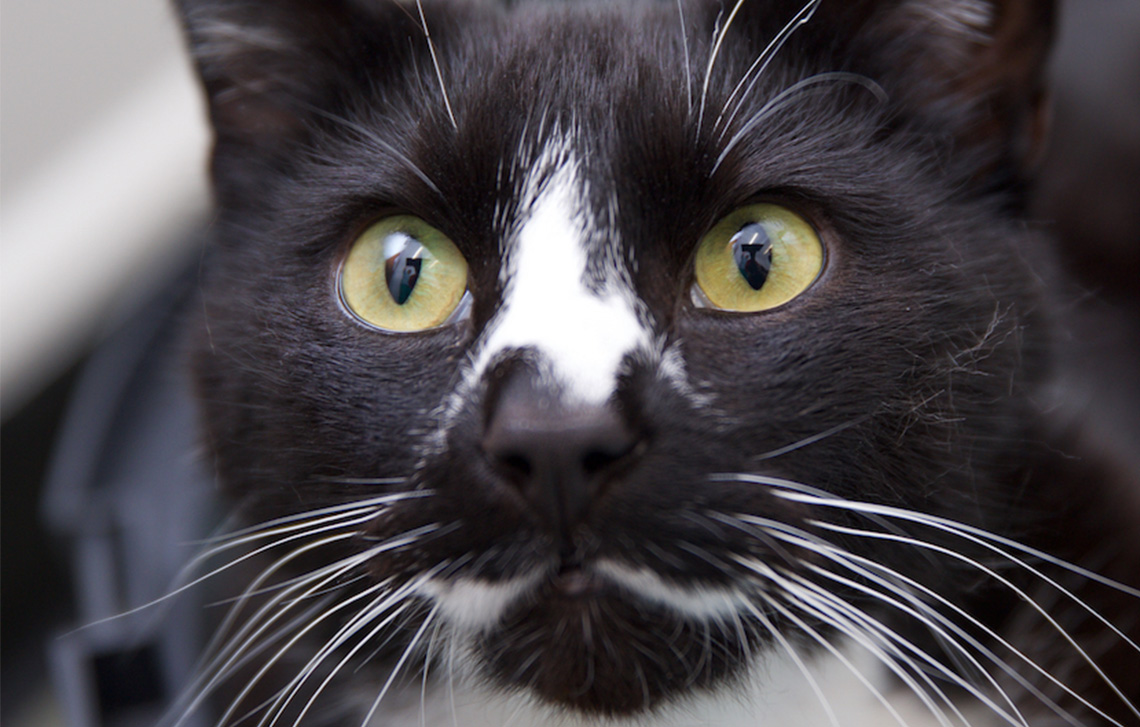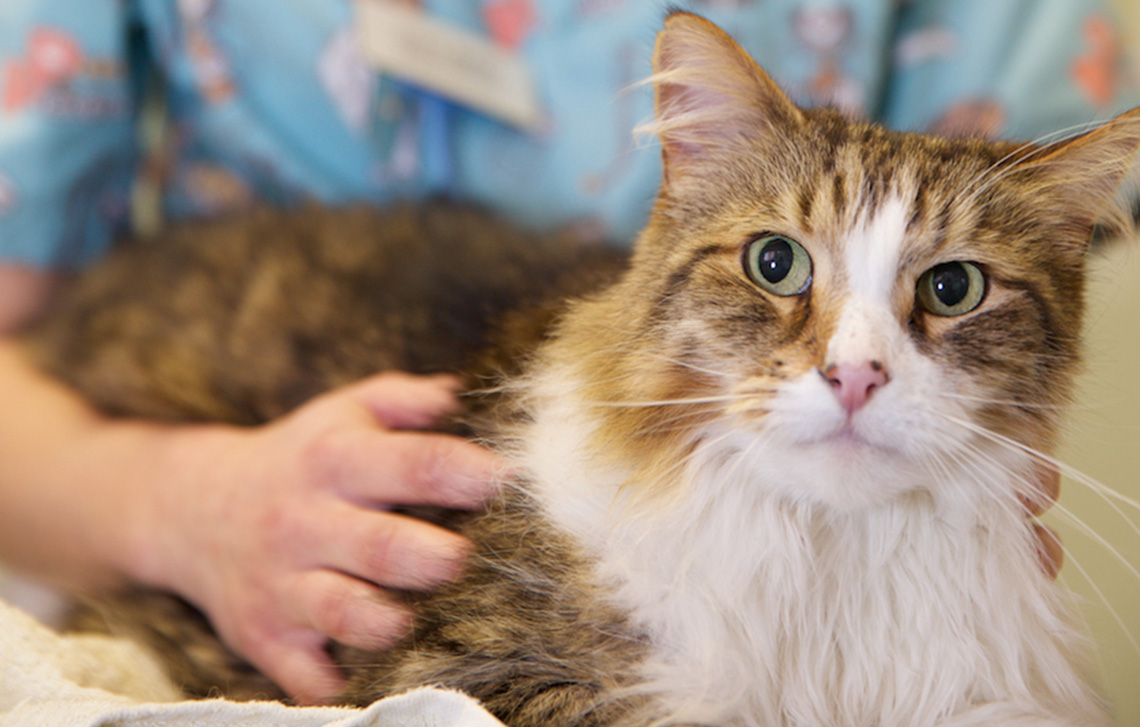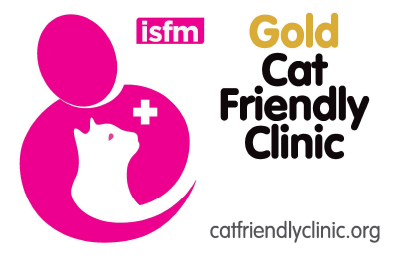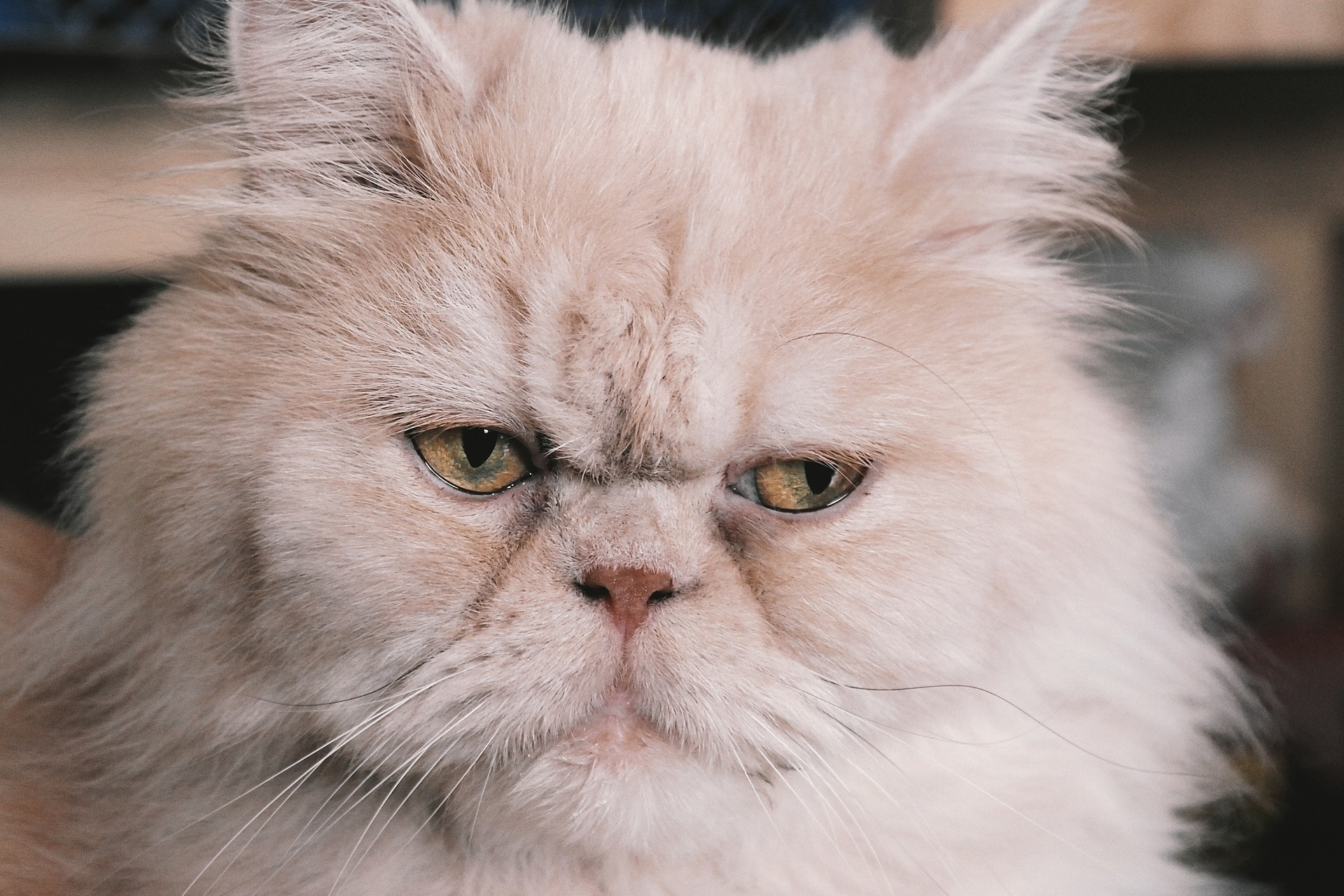
Due to their shorter noses, striking eyes and wonderful coats, Persian cats are perhaps one of the most recognisable breeds. Known for being docile yet dignified, Persian cats love nothing more than perching royally on their owner’s lap but can often be distrusting of strangers. If you earn the love and trust of a Persian… Read more »
Due to their shorter noses, striking eyes and wonderful coats, Persian cats are perhaps one of the most recognisable breeds. Known for being docile yet dignified, Persian cats love nothing more than perching royally on their owner’s lap but can often be distrusting of strangers. If you earn the love and trust of a Persian cat you should feel nothing short of proud.
Facts
- Temperament: Friendly, affectionate and quiet
- Social/Attention Needs: moderate
- Average Life Span: 14 – 15 years
- Coat length: Long
- Grooming required: Frequent – high maintenance. Require daily coat brushing as well as eye and ear cleaning.
The Look
The Persian cat has a distinctive appearance; full cheeks, large round eyes and a short nose. A Persian’s legs are short, thick and strong with large, round, firm paws and their look is completed with a long thick coat.
Persians can come in two different “looks.” Peke-face Persians, have an extremely flat face, known as ‘brachycephalic’, dependent on the extremity of this it is possible that respiratory issues may arise. “Doll-face” Persians are said to have a more old-fashioned appearance, with a face that is not as flat as the Peke-face Persian.
Although the majority of Persians are solid blue, black or white, the breed is now available in a broad spectrum of colours and patterns, including cream, red, blue-cream, chinchilla, smoke, and brown, with green, blue or amber eye colouring.
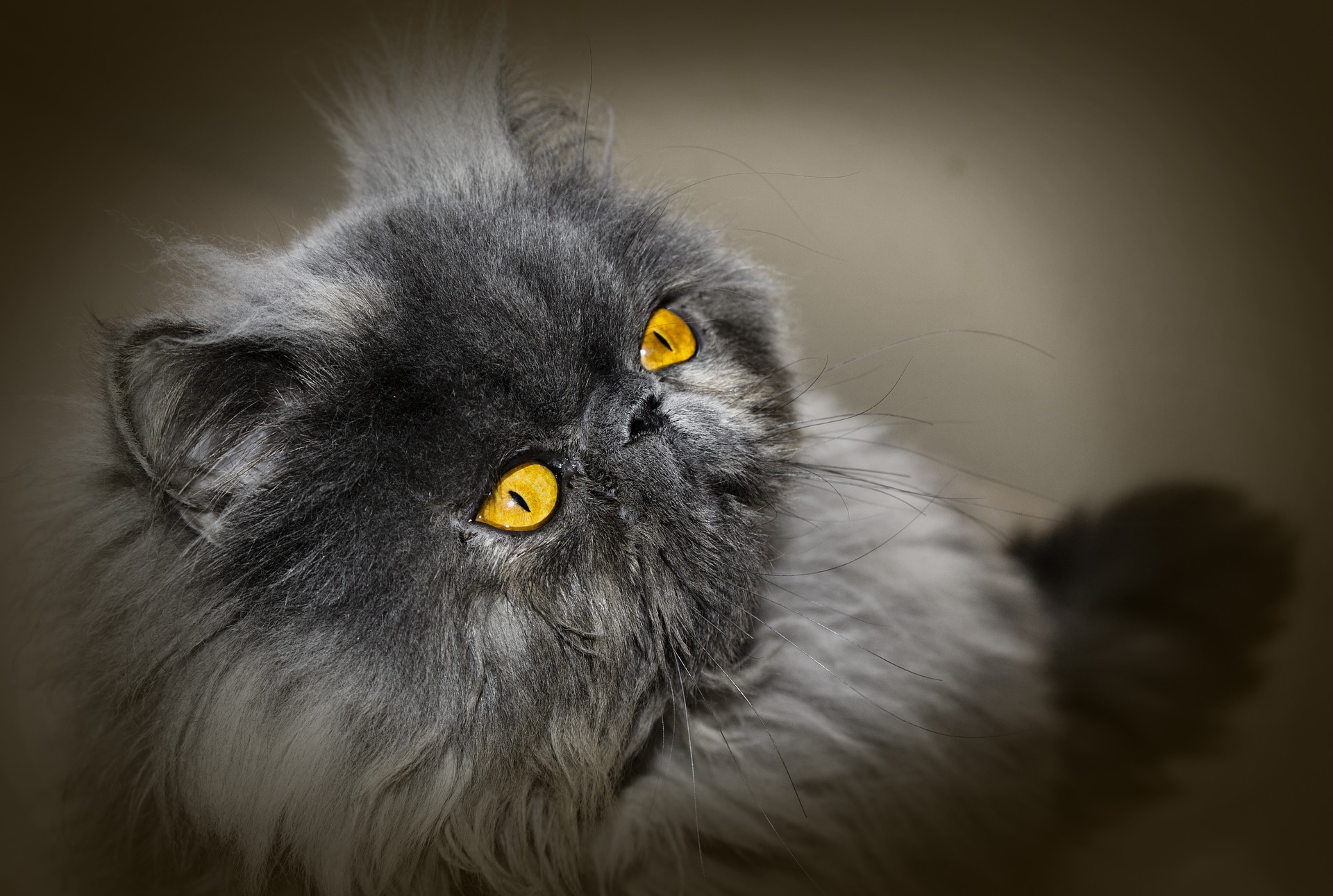
History
The elegant long haired breed originated from the cradle of civilisation – Mesopotamia, later known as Persia, which is now known to us as Iran. Their striking appearance attracted the attention of 17th century Italian world traveller Pietro Della Valle, who brought the first Persian cats to Europe in 1626.
At the Crystal Palace cat show in 1871, Persian-type cats were among the breeds exhibited and in 1887 the official standards for the breed were set by the National Cat Club, The Persian breed standard has always called for a short face, but early Persians had a much longer face than is seen today.
Health
All have varying incidences of health problems that may be genetic. Problems that may affect the Persian include the following:
- Polycystic kidney disease
- Dental malocclusions
- Excessive tear production
- Breathing difficulties caused by constricted nostrils
- Cherry Eye
Fun Fact
Persian cats had a very royal fan, Queen Victoria was extremely fond of the breed, her influence and association with the breed saw a dramatic rise in numbers during the Victorian era.

